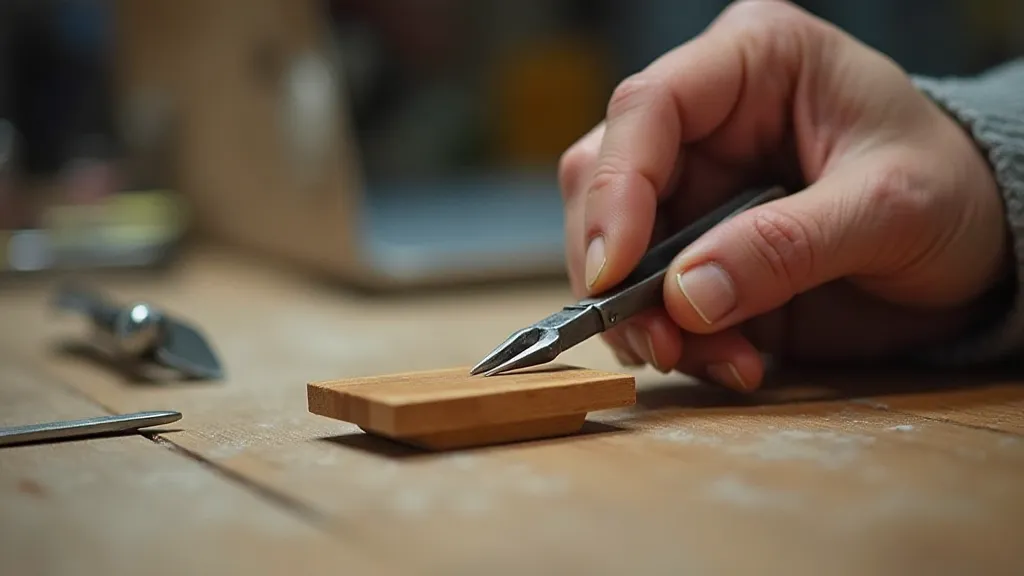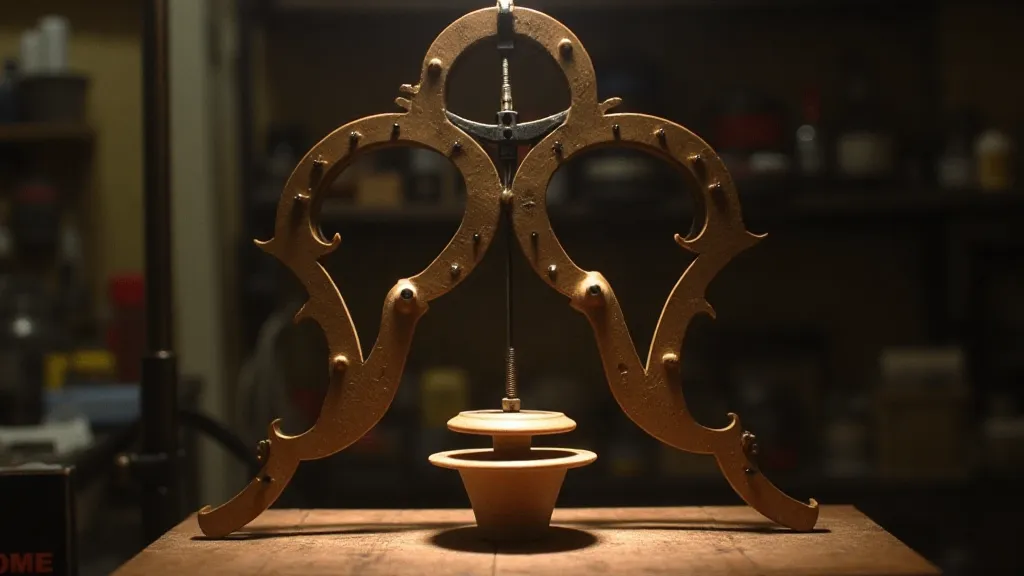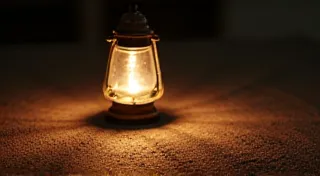Clockwork Heart: Building a Simple Magnetic Timer
There’s a melancholy beauty to antique accordions. Not just in their appearance – the worn bellows, the ivory keys yellowed with age, the intricate carvings – but in the quiet persistence of their mechanics. Each button press, each draw of the bellows, is a testament to the tireless ingenuity of a long-gone craftsman. They were built to last, to echo with music for generations, and sometimes, like lost memories, they fall silent. Restoring one, even partially, is an act of reverence – a quiet conversation with the past.
The intricate dance of gears, levers, and reeds in an accordion, however, isn's entirely dissimilar to the principles underlying many primitive timing mechanisms. This got me thinking: could I create a rudimentary timer, something that echoes the spirit of old clockwork, but powered by the quiet strength of rare earth magnets? The project, which I’m calling the “Magnetic Clockwork Heart,” is less about precision and more about understanding the interplay of attraction, release, and rhythmic motion. It’s about appreciating the fundamental building blocks of more complex machines, and maybe, just maybe, understanding a little better the passion of the accordion maker.

The Core Concept: Attraction and Release
The Magnetic Clockwork Heart doesn't use springs or gears in the traditional sense. Instead, it leverages the relentless pull of rare earth magnets to create a controlled release mechanism. Imagine a series of magnets arranged in a circle. A single “release magnet” is held in place, held back by a small amount of friction or a simple latch. When the latch is released, the release magnet swings forward, attracted to a series of stationary magnets positioned around its path. The momentum carries it past the point of attraction, then, due to the arrangement and spacing, it's released to swing back, repeating the cycle.
The 'swing' can be made more or less rhythmic by strategically placing small obstacles or dampeners. The rhythm itself isn’t perfectly uniform—it's consistent enough to mark the passage of time, however roughly. Think of it as a visual metronome, powered by magnetism rather than electricity. The underlying principles at play demonstrate the power of magnetic fields; consider, for example, the intricate ways polarity’s dance – the interplay of attraction and repulsion – dictates the behaviors of magnets in various systems.
Materials and Tools: Keeping it Simple
The beauty of this project lies in its simplicity. You don't need a workshop full of specialized tools. Here's what you'll need:
- Rare Earth Magnets: Neodymium magnets are ideal due to their strength. You’ll need at least six, all roughly the same size. The size will influence the speed and power of your timer. Smaller is easier to manage initially. Understanding how these forces manipulate materials is fundamental to many technological applications, a concept explored in more detail in the magnetic loom article, which dives into the fascinating world of circuit weaving using magnetic forces.
- Base Material: A piece of wood, acrylic, or even sturdy cardboard will do. This is your foundation.
- Pivot Point: A small nail or screw acts as the axis around which your 'release magnet' will swing.
- Latch Mechanism: This is the tricky part. It could be as simple as a small piece of cardboard held in place by another magnet, or a more elaborate system using a small lever and catch. Experimentation is key!
- Adhesive: Super glue or epoxy.
- Basic Tools: Scissors, pliers, possibly a small file.
Building the Magnetic Clockwork Heart: Step-by-Step
1. Prepare the Base: Cut your base material to a suitable size (roughly 6x6 inches is a good starting point).
2. Mount the Pivot: Securely attach your pivot point to the base. This needs to be stable, as it's the central axis of your timer.
3. Position the Stationary Magnets: Arrange your stationary magnets around the pivot point, forming a roughly circular pattern. The spacing between them is crucial – too close, and the swing will be jerky; too far, and the release won't be consistent. Play with the position. Maintaining stability in magnetic structures, as you'll find in your creation, often requires careful planning and consideration – principles highlighted in the architect’s gambit.
4. Create the Release Magnet Assembly: Attach the 'release magnet' to a small piece of material that allows it to swing freely around the pivot. This swing should be as unimpeded as possible.
5. Build the Latch: This is where your ingenuity comes into play. The latch must reliably hold the release magnet in place, but also release it with a controlled action. It doesn't need to be complex; a simple magnetic catch will work. This is the hardest element to get right; expect to iterate a few times.
6. Testing and Adjustment: This is the most important step. Observe the swing of the release magnet. Adjust the spacing of the stationary magnets, the strength of the latch, and the weight of the release magnet assembly until you achieve a relatively consistent rhythm. This often involves a lot of trial and error.

Beyond the Basics: Exploring Variations
This basic design can be significantly expanded upon. Consider these variations:
- Multiple Release Magnets: Using multiple release magnets, synchronized to trigger in sequence, could create a more complex and visually compelling motion.
- Magnetic Dampeners: Incorporating magnets strategically positioned to slow the swing of the release magnet can refine the rhythm and prevent it from becoming too erratic.
- Integration with a Visual Indicator: A simple arm or marker connected to the release magnet could be used to track the passage of time on a scale.
Magnet Safety: A Crucial Reminder
Rare earth magnets are incredibly strong, and they pose certain safety risks. Here are a few essential precautions:
- Keep Away from Electronics: Magnets can damage electronic devices, credit cards, and mechanical hard drives. Their interaction with electrical components is far more complex than a simple attraction; the field distortion and potential for induced currents are factors that could impact functionality.
- Keep Away from Children: Small magnets can be a choking hazard.
- Handle with Care: Be mindful of the force of the magnets – they can pinch fingers and damage surfaces.
- Secure Storage: Store magnets securely when not in use to prevent accidental exposure. The study of magnetic fields extends far beyond practical applications, and delves into the mysterious expanses of space – influencing celestial navigation and exploration.
Finding Beauty in Imperfection
The Magnetic Clockwork Heart isn’t about perfect accuracy. It’s about the process of discovery, the satisfaction of creating something functional with simple materials, and the appreciation for the ingenuity that goes into even the most rudimentary mechanical devices. Just as an antique accordion carries the marks of time and the touch of a long-gone craftsman, this project embraces imperfection. It's a reminder that beauty can be found not only in flawless execution but also in the character of something handmade, imperfect, and alive with the quiet pulse of magnetic motion. The inherent variability within this system highlights the unpredictability of natural phenomena and the beauty that can be derived from embracing those characteristics.
The echoes of the accordion maker linger, inspiring us to explore similar principles in other realms, like those explored in the intricacies of the magnetic loom. The potential to harness these forces for creative endeavors is truly remarkable.






